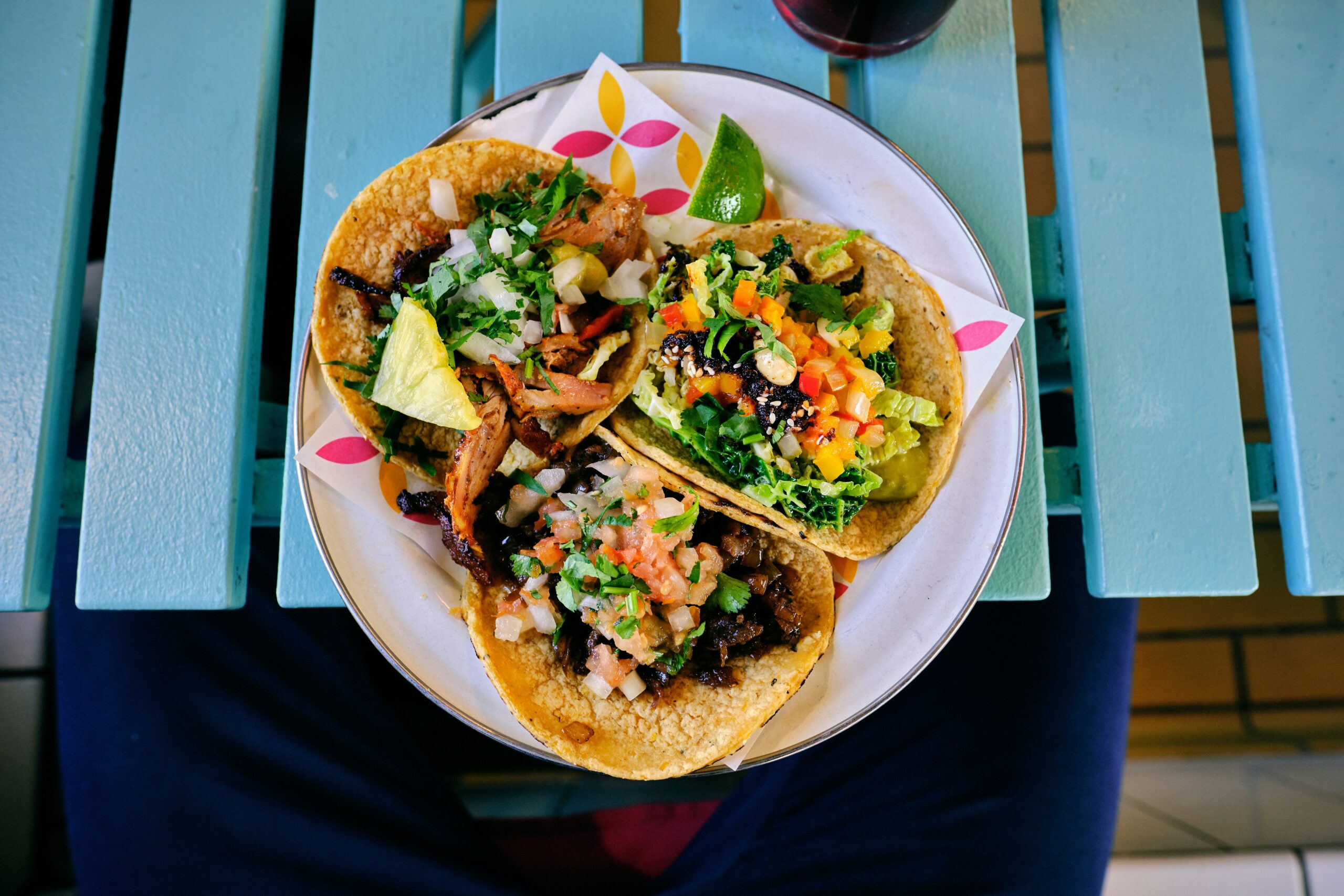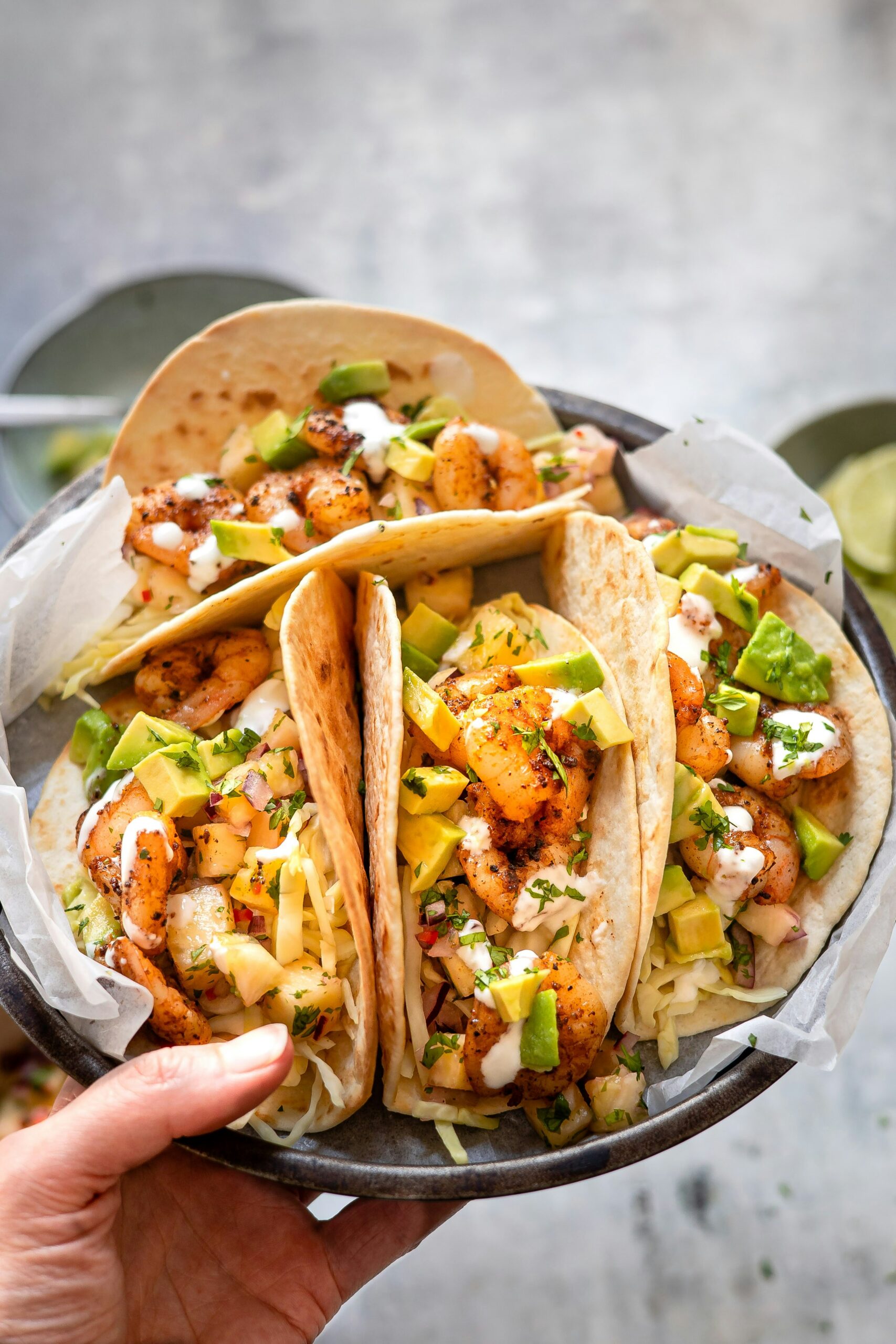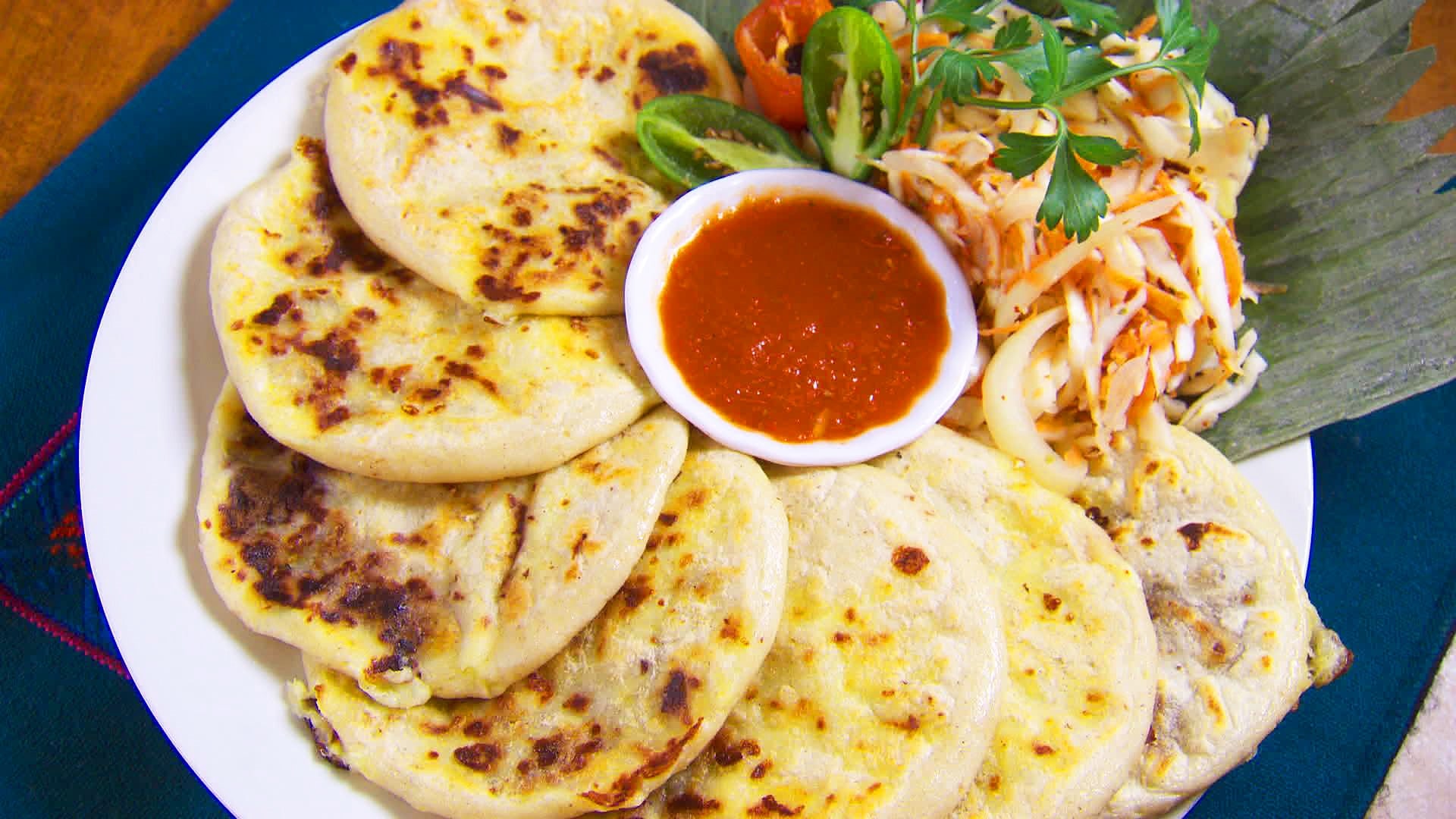Introduction:
The pupusa, a traditional dish originating from El Salvador, holds a special place in Central American cuisine and culture. This humble yet flavorful corn tortilla stuffed with various fillings embodies centuries of culinary tradition and serves as a symbol of cultural identity and community.
Origins:
The roots of the pupusa can be traced back to the indigenous Pipil people of El Salvador, who inhabited the region long before the arrival of Spanish colonizers. The Pipil people migrated from central Mexico to what is now El Salvador around the 9th century AD, during the expansion of the Toltec civilization. The 9th century AD occurred approximately 1,100 to 1,200 years ago, depending on the specific year within that century, essentially making the pupusa a dish with a rich history while maintaining its humbleness.
The Pipil people made tortillas from maize, a staple crop in Mesoamerican cuisine, and filled them with ingredients such as beans, cheese, and squash blossoms. This culinary practice evolved over time, influenced by Spanish colonialism and subsequent cultural exchanges in the region.
Ingredients and Preparation:
At its core, the pupusa consists of masa harina, a type of corn flour, mixed with water and salt to form a pliable dough. This dough is then shaped into small discs and filled with a variety of ingredients, such as refried beans, cheese, pork, or loroco, a native Central American flower bud known for its distinctive flavor.
The filled dough is flattened into a thick, round shape and cooked on a hot griddle until golden brown and crispy on the outside while remaining soft and doughy on the inside. Pupusas are typically served hot off the griddle, accompanied by curtido, a tangy cabbage slaw, and salsa roja, a spicy tomato sauce, adding layers of flavor and texture to the dish.
Cultural Significance:
Beyond its culinary appeal, the pupusa holds significant cultural importance in El Salvador and throughout Central America. It serves as a symbol of national identity and pride, representing the resilience and creativity of the Salvadoran people. Pupuserias, small eateries specializing in pupusas, dot the streets of cities and towns across the region, serving as community gathering places where friends and families come together to enjoy this beloved dish.
The act of making and sharing pupusas is deeply ingrained in Salvadoran culture, passed down through generations as a cherished tradition. It is a common sight to see women gathered around a comal, or griddle, expertly shaping and cooking pupusas while engaging in lively conversation and laughter.
Moreover, the pupusa has transcended its cultural origins to become a global phenomenon, gaining popularity in cities with large Salvadoran and Central American diaspora communities. It has been embraced by food enthusiasts and culinary aficionados worldwide, who appreciate its simple yet satisfying flavors and comforting appeal.
Conclusion:
In conclusion, the pupusa is more than just a delicious culinary creation; it is a symbol of cultural heritage, community, and shared identity. Its origins rooted in indigenous traditions and its evolution shaped by centuries of cultural exchange, the pupusa embodies the rich tapestry of Central American history and cuisine. Whether enjoyed on the streets of San Salvador or in bustling urban centers around the world, the pupusa continues to captivate hearts and palates, uniting people across borders and generations in a celebration of food and culture.



